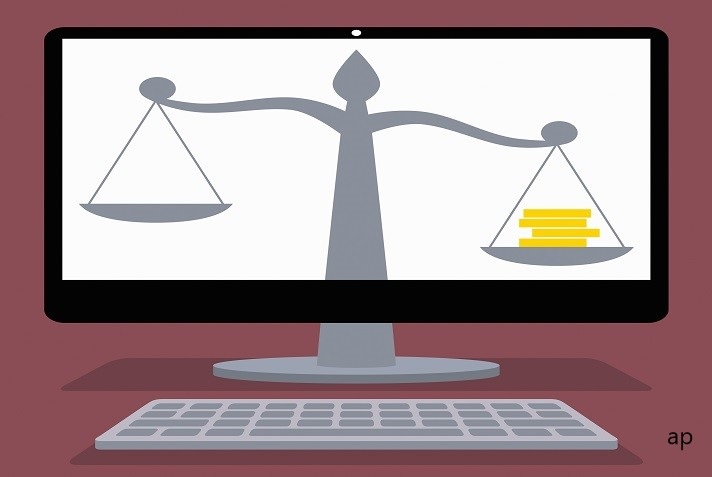
Morningstar has always warned retail investors about the dangers of market timing, namely the strategy of making investment buying or selling decisions by attempting to predict future market price movements.
The opposite to market timing and a commonly recommended strategy is Buy and Hold, an approach where investors choose the best possible asset allocation for their objectives and risk appetite, and keep their holdings period regardless of fluctuations in the market. The main benefits of this strategy lie in the fact that a shrewd investor should always have a medium or long-term horizon, not to mention that with a higher portfolio turnover rate (buying and selling) comes higher transaction costs, together with volatility – and the risk of getting the market timing wrong.
Of course, a buy and hold approach doesn’t mean you should never change your portfolio. Our financial goals, monetary needs and the shape of our portfolios will change over time. Even if you don’t make changes to your holdings, the structure of your portfolio will shift over time because of market changes, which can alter the proportion of your assets you hold in each holding. This is particularly true after periods of high volatility such as the one we experienced with the outbreak of the pandemic in the first half of 2020, when some stocks soared while others sank.
For all these reasons, it is a good thing to periodically rebalance your portfolio. But how to do it? Here are some things to consider:
Check in on Your Portfolio
The first step is to evaluate the current state of your investments: what has gone up, what went down, and what has become too risky? Does it make sense to sell top-performing assets to take profit, or to top up your positions in those which look undervalued?
As always, the answers depend on your investment objectives, which in turn depend on your time horizon and risk appetite. Practically, this means knowing what percentage of your savings to devote to cash (a dedicated emergency fund is probably the best option: it’s typically recommended that working people hold six months’ worth of living expenses in liquid reserves), stocks, bonds, and possibly other types of investments such as commodities.
Be warned though, making these checks is not always as easy as it seems, particularly as many funds aren't purely comprised of equities or bonds. It is not uncommon to find equity funds, for example, that also hold some cash, depending on market conditions.
Do a Test Run
Whether you act on any of the conclusions you drew from your check will depend on your own situation and how severely out of kilter you feel your portfolio is. If you have what you want in terms of asset classes, sectors and regions, the job is done – don’t make changes for the sake of. However, if some changes are required, before doing so, it is always better to do a simulation to see what exactly the new asset allocation would be, for example by inserting a new fund or selling some positions. Moreover, be sure to take any tax implications or trading costs into account.
Remember Fees and Tax
Not all financial instruments are taxed in the same way and this aspect must also be taken into consideration in order to optimise the final returns. Mutual funds, ETFs, ETCs, pension funds, stocks and government bonds have different tax treatments. Given the complexity of the subject and the constant changes, those who are really interested could perhaps ask for clarification to an expert on the subject, tax consultant or accountant.
Check out the Competition
What matters in finance is relative performance. If your portfolio generated returns of 10% over a period that might sound good, but it’s not if everyone else achieved 20%. On the other hand, if you lost 5% while the market declined of 10%, you will likely feel happy with the outcome. Therefore, before getting excited or depressed, it is important to assign the most appropriate benchmark to your portfolio – or to the various subsets of it – in order to always be able to judge the results obtained. Consequently, as the asset allocation changes, the indices of reference should also change.




























